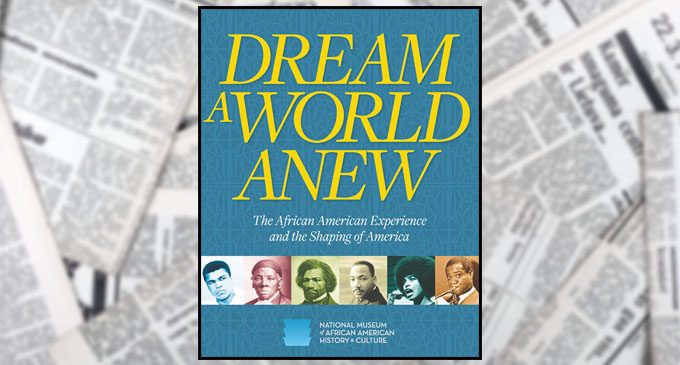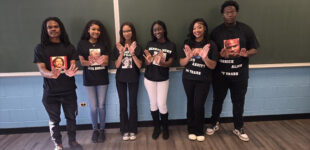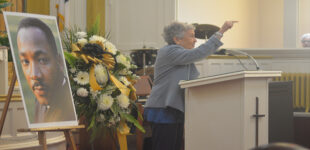Book provides tales of Black History

BY TERRI SCHLICHENMEYER
FOR THE CHRONICLE
There’s so much you wish you’d kept. Of course, you never thought of that when things were thrown out: your grandmother’s favorite skirt, a poster your uncle hung on his wall, an autographed picture of a minor star from the 1920s. You’d cherish them today, but they’re gone forever –or are they? In “Dream a World Anew” by the National Museum of African American History & Culture, you’ll find those kinds of things – and more.
The new Smithsonian Museum began, in essence, with slavery.
In looking at the world’s history, slavery was nothing new; it was even practiced in Africa in earlier centuries. This time, however – beginning with Portuguese slave ships in about 1440 – it would lead to the largest forced migration of humans, ever: more than 12 million “Africans of enormous cultural diversity” were shackled, marched cross-country and transported across the Atlantic Ocean. The numbers were so high that, just three-and-a-half centuries after it began, “black people formed 20 percent of the population of the new United States.”
Those new citizens fought on behalf of America in the Revolutionary War and, because of the “chaos of war,” were often freed after service. Slaves, in fact, often found it easier to demand release then, a “First Emancipation” that didn’t last long; by the early 1800s, the plantation system ensured that slavery continued.
Freed at the end of the Civil War, black citizens formed schools, started businesses, created products, and founded small towns, despite the onus of Southern share-cropping. Many migrated north, where discrimination still existed but Jim Crow laws weren’t quite as burdensome as they were in the South and lynchings weren’t nearly as common. They fought the same battles alongside whites (or in racially-divided military companies) in other wars, then they came home to more discrimination –which ultimately, in part, led to a national fight for civil rights. And through the centuries, African Americans left a trail of culture: songs from Africa; unique dance “styles and techniques;” minstrelsy and vaudeville acts; music, literature, art, and poetry.
I have to admit: at first, I was a little disappointed in “Dream a World Anew.” What’s inside – the narrative – seemed like everything I’d heard before. So I flipped the book over and started paging through it again…
While it’s true that familiar names are everywhere in this book –Wheatley, Turner, Douglass, Truth, Tubman – readers will also be absolutely treated to stories and mini-biographies from regular people throughout history. The familiar names are rightfully here, but it’s those everyday tales that I couldn’t get enough of.















